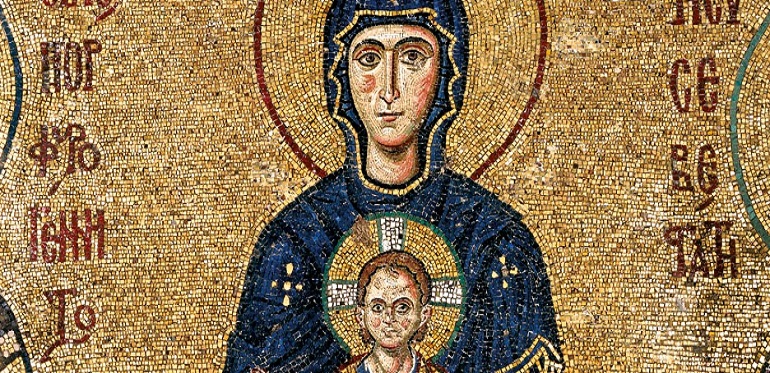HISTORY OF CONSTANTINOPLE / ISTANBUL

CONSTANTINOPLE
The earliest settlement around Istanbul are observed on the Asian side and the history of the site extends far back to the Neolithic Age. The first settlement near the Topkapı Palace dates back to the Bronze Age. The Dorians, who escaped from the megarons established Khalcedon on the Asian side in 680 BC. Two decades after this, the Megaron colonists came in under theis commander Byzas and established the first great settlement in the district called Sarayburnu, the historical peninsula on European side, right across the settlement on the Asian side. Because of its geographical status and the convenient natural harbor for trade, the city extended beyond and acquired wealth in a short time. In BC 513 the city was captured by the Persians, and in 407 BC, came under the rule of Athens. The Galatians of European origin, settled on the Asian side of the city in 227 BC. A military alliance for defense and security of the city was realized with Rome in 146 BC. In 196, the Roman Emperor Septimus Severus included the city within the territories of the Roman Empire. Emperor Constantine the Great made an extended housing overwieuw throughout the city, renamed the town as Constantinople, and declared to the world with ceromonies (May 11th, 330) that the city is the second capital for Rome. By the way, strong city walls were constructed around the city.
With the efforts of Constantine the Great, who had admitted Christianity under the influence of his deeply Christian mother, this new religion spread in the city and become the state religion in 391. With the death of Emperor Theodosius I. in 395, the Roman Empire was seperated and Constantinople became the capital of East Roman or the Byzantine Empire. In the early 5th century the city walls which are still standing today were constructed. Altough the West Roman Empire came to the end in 476, the East Roman Empire continued its sovereignty and inflence. Between the years 527-565, in the reign of Justinian, many new buildings, the first of which is Hagia Sophia, were constructe. This was brightest times of the city under the administration of the Byzantine Empire. The Arabs attempted to conquer the city many times from 666 until 870.
The disagreements between the Catholic and Orthodox Church increased and two churches were seperated from each other in 1054. Constantinople became the religous center for the Orthodox. In 1096, the first Crusade passed through without damaging the city. In the 11th and 12th centuries, the Geneoese and Venetians mastered the trade especially in the Galata region. In 1204, the Latins came with the 4th Crusade, captured and ruined the city. In 1261 Constantinople was taken over more time by the Paleologos Dynasty.
ISTANBUL
In the late 14th century, the Ottomans started the siege of the city for the first time. The city was besieged by Bayezid I in 130 and Murad II in 422, and was conquered by the Ottoman armies commanded by Mehmet II in 1453. The city adopted the name Istanbul and became the 3rd capital of the Ottomans after Bursa and Edirne. In 1517, after the Ottomans conquered Egypt and brought the caliphate to Istanbul, the city became the center of the whole world of the Islam.
From the 16th century till the stagnation in the 18th, the city was embellished with beautiful mosques, complex and palaces. However, the earthquakes and the fires caused extensive damages in the city. In the 19th century, as a result of the renovation efforts within the Empire, a transition from classical Ottoman architecture to Baroque and Rococo is observed. During the World War I, on the night of March 15th, 1919, the city was captured by the allied armies. After the Independence War of the Turks, the Sultanate and Caliphate were abolished, the Turkkish Republic was declared and Ankara became the capital of the new Republic on October 13th, 1923. After losing title capital, Istanbul still continued to extend rapidly as the trade and commercial center of Turkey.
